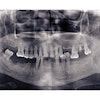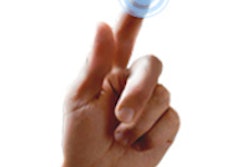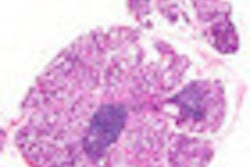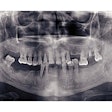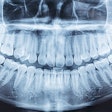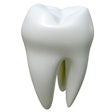A new diagnostic test for Sjögren's syndrome will soon be available to diagnose the autoimmune disease much earlier, according to a study in Clinical Immunology (December 2012, Vol. 145:3, pp. 251-255).
The discovery of new antibodies by researchers at the University at Buffalo (UB) and Immco Diagnostics will allow patients to be treated sooner, when they are much more likely to benefit, according to the university.
Sjögren's patients often get diagnosed too late to get much benefit from treatment, according to Julian Ambrus Jr., MD, a professor in the department of medicine and senior author on the paper.
New antibodies were seen in 45% of patients who met the clinical criteria for Sjögren's except for the antibodies currently required for diagnosis, called Ro and La. At least one of the novel antibodies is present in 76% of patients who have had symptoms for less than two years and who also lacked the two antibodies required for definitive diagnosis, which appear late in the disease. The majority of patients tested who had early symptoms of severe dry mouth and dry eyes also have the antibodies, the researchers found.
The discovery of novel antibodies grew out of a collaboration between UB and Immco, which in 2006 resulted in a new, superior animal model for Sjögren's. Labs studying Sjögren's around the world have now adopted the new model. Once the new antibodies were detected in mice, the scientists started testing human patients at Buffalo General Medical Center. The researchers found the same antibodies in humans even at early stages of the disease.
UB has filed a patent on the biomarker-based method and licensed the technology to Immco, which has developed a new diagnostic tool. Because Sjögren's syndrome presents with various symptoms, unlike other autoimmune diseases, the diagnostic test will be marketed to several different types of physicians, including dentists, oral surgeons, ophthalmologists, and rheumatologists, according to the university.
The assay will undergo validation by the New York health officials. Once completed next year, physicians will be able to start using the test.


